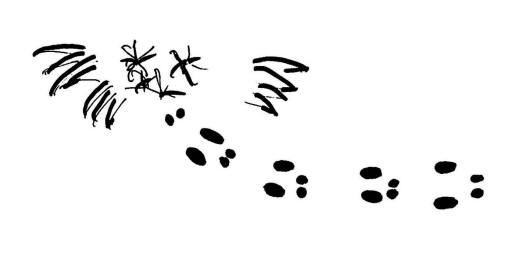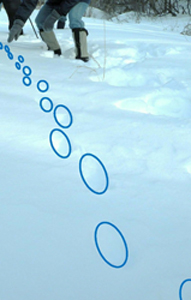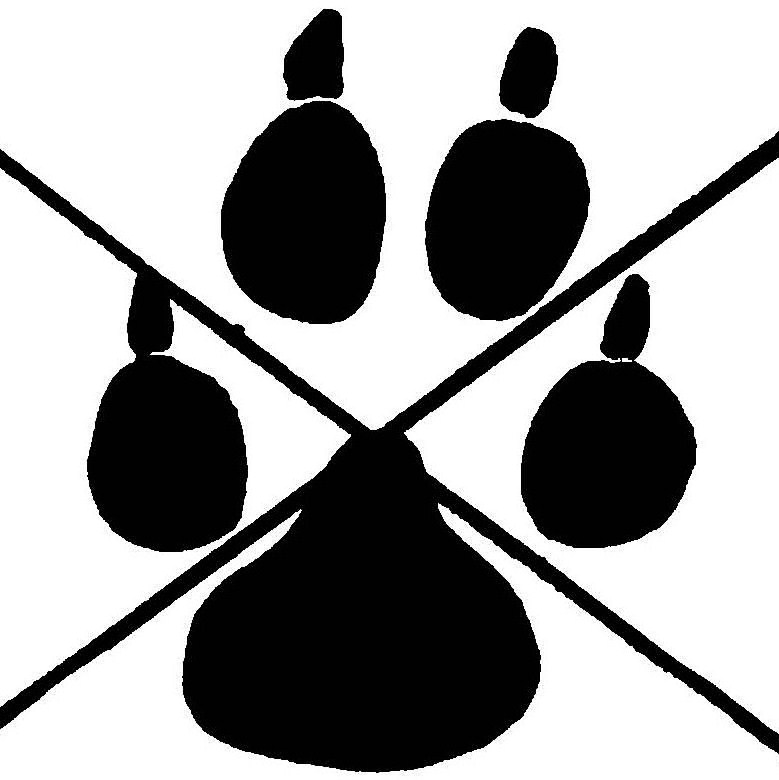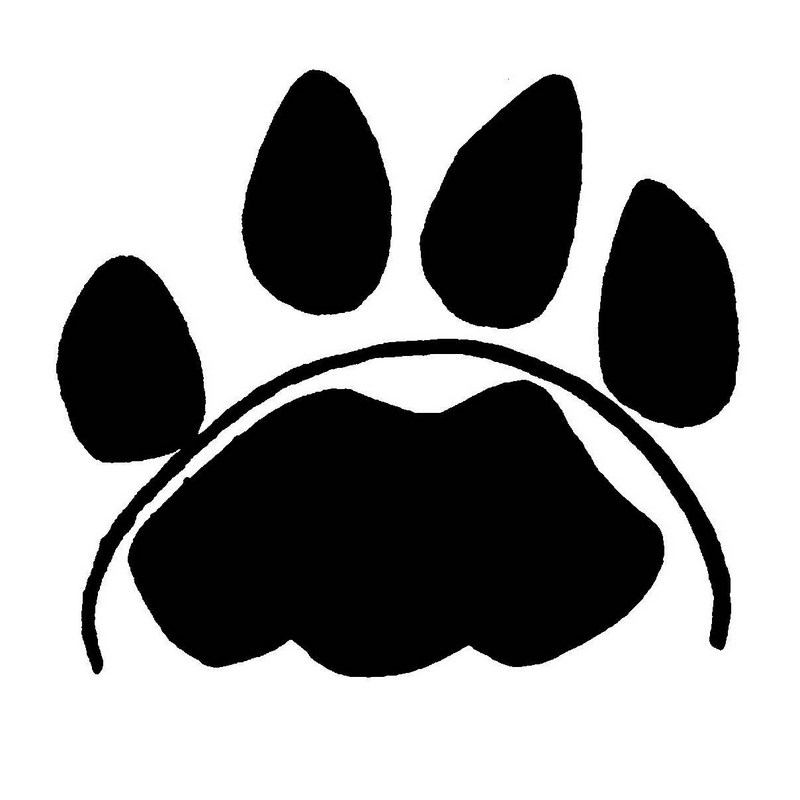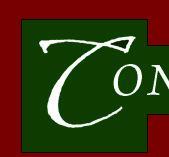 |
 |
||||||
|
Science: Wildlife Tracks and Signs - Track Patterns (sometimes called gaits) Match up wild animals with their associated track patterns, waddlers, gallopers, bounders, and perfect steppers (also known as walkers). Don’t always get hung up on what individual prints look like. Use your tracking guide to compare both individual tracks and track patterns, by shape, size, and stride. Try to identify the track pattern first. This will help you to narrow down the field to several small groups. When snow is deep or if the snow begins to melt, the detail of individual prints can be very difficult to read. This is a better opportunity to study the “track patterns” of animals. This will help you to narrow down the species of wild animal you are following (or group of several similar species, such as the bounder group, which includes weasels). Every animal has a unique way to walk (but may mimic the track patterns of other animals at times). A cottontail rabbit hops along, while a red fox walks on all fours, and humans walk upright on two feet. Each animal has a different length of stride, too.
Note the waddler track pattern in the image above. Waddler tracks lack the regularity of other track patterns. They often seem to move one side of the body then the other, or step with sporadic movements.
Waddler tracks often appear under thick brush, around rocks, along river banks, and even in open areas. This is the look of a typical waddler track pattern. Look for other animals that waddle along, such as raccoons, muskrats, woodchucks, and opossums. Opossums may drag their tails, too. Gallopers
These tracks are from a squirrel galloping from left-to-right. Gallopers will place their smaller front feet down first and then the larger hind feet land in front as the front feet lift up. Squirrels generally place their front feet down directly side-by-side, while the front feet of rabbits and hares are generally placed down offset (not side-by-side). The hind feet of both are placed down side-by-side.
Look for other animals that gallop along, such as white-footed mice, red squirrels, and Eastern chipmunks. Bounders
Bounders hop and leap along like a slinky traveling down stairs. They place their front feet down. In one motion, they lift their front feet up and place their hind feet down in the exact same spot where the front landed and leap forward again. This is an energy efficient locomotion, which creates the optical illusion that the animal is really only hopping along on two feet, side-by-side.
Perfect Steppers (Walkers)
Perfect steppers walk very carefully, for a matter of energy efficiency. Very intentionally they will place down the front foot and then the hind foot in the same spot where the front landed. This is especially important in deep snow or for safety.
Domestic dog and wild dog track patterns are “perfect steps”, which look very similar. However, domestic dog tracks often wind and circle, where as the tracks of a coyote or a fox will likely take a more direct and energy efficient course. Perfect stepper tracks are often observed where travel would be easy, such as right along the Greenway trail itself.
|
||||||||||||
